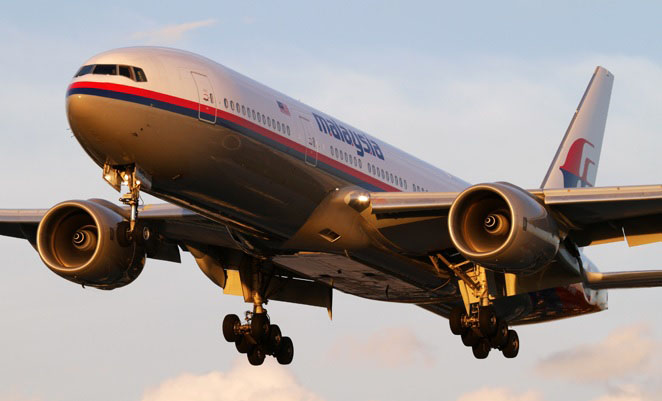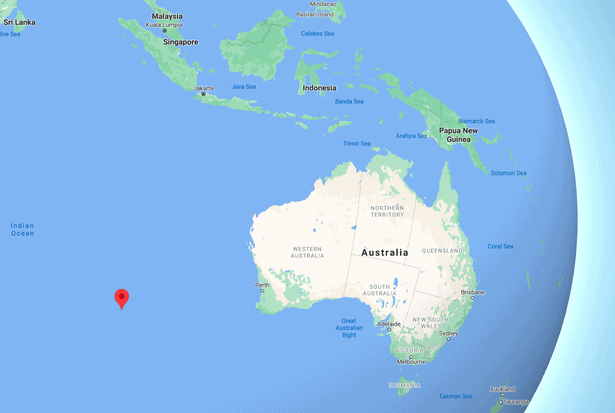
More than six years after Malaysian Airlines flight MH370 mysteriously vanished, independent experts investigating the matter believe to have found where the plane crashed.
Victor Iannello, an engineer and entrepreneur, is one in a team of four experts who have spent the last few years investigating the mysterious circumstances behind the disappearance of MH370.
Despite a number of previous failed searches for the aircraft, Iannello believes that previous crews may have just barely missed the wreckage of the plane.
According to Iannello’s estimates, the plane was tracking about 2,700 miles south of Indonesia when it crashed into the South Indian Ocean, somewhere around the co-ordinates of S34.2342 and E93.7875.
According to Iannello’s predictions, the odds are “better than even” that the missing Boeing 777 could be found somewhere within 100 nautical miles of this probable impact site.
The projected impact site sits around 1,000 miles off the south-west Australian coast.

Earlier this year, Iannello and his team of investigators conducted a study that examined 2,300 possible flight paths the aircraft could have taken, in order to identify the most-likely crash site.
Their research utilised a variety of information available on the plane, including fuel data, military and civilian radar data, weather information and drift analysis of the debris which washed ashore.
Iannello is highly confident in the conclusion his team has drawn, and has renewed calls for another official search for the aircraft.
“There are better than even odds that the missing passenger plane is within 100 nautical miles of the potential impact site,” Iannello said.
“I won’t speak for the other three authors, but I believe that there is more than a 50 per cent chance that we’ll find the plane here. We now think another search should occur in the recommended search area.”
He added: “Any other area has a much lower probability. Portions of the recommended search area were already searched by GO Phoenix and Ocean Infinity.
“Other than the portions that were previously searched, some of the data is either missing or of low quality due to the challenging terrain of the seafloor.”
MH370 had been flying from Kuala Lumpur to Beijing on 8 March 2014, when it disappeared off all air traffic control radar screens, never to be seen again.
The aircraft had 239 passengers and crew onboard.
Since then, some debris believed to have come from MH370 has since washed ashore in the Western Indian Ocean, including a number of items found on beaches in Madagascar.
Currently, many have ruled the crash as a ‘murder-suicide’ by the pilot, with examined flight data suggesting the pilot had been “in control” of the aircraft “until the very end”.
However, other authorities believe that some kind of fire, accident or malfunction occurred on board, which caused the plane to divert from its original flight path in search of an emergency landing site.
The theory then suggests that the accident resulted in a ‘mass hypoxia event’, which would have deprived crew and passengers of oxygen, causing everyone on board to pass out.
Once the pilot, along with everyone else on board, was unconscious the plane would have then continued to fly on autopilot over the Indian Ocean, until it ran out of fuel.
This is the current official theory of the Malaysian government and the Australian Transport Safety Bureau (ATSB).
Official underwater searches for MH370 were called off in 2018, with little progress made during the four-year search. No plans were made to continue searching in the future.












